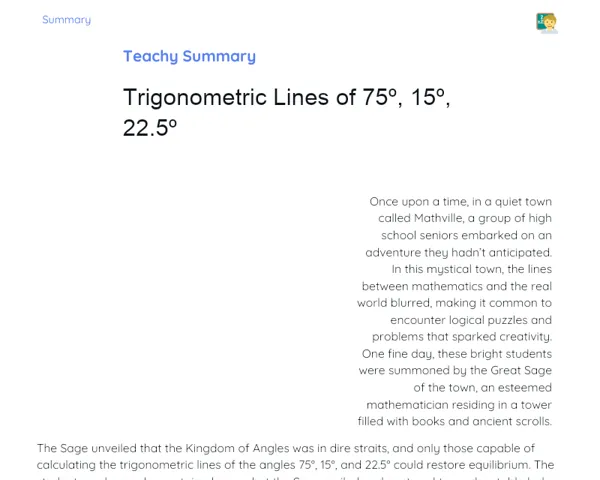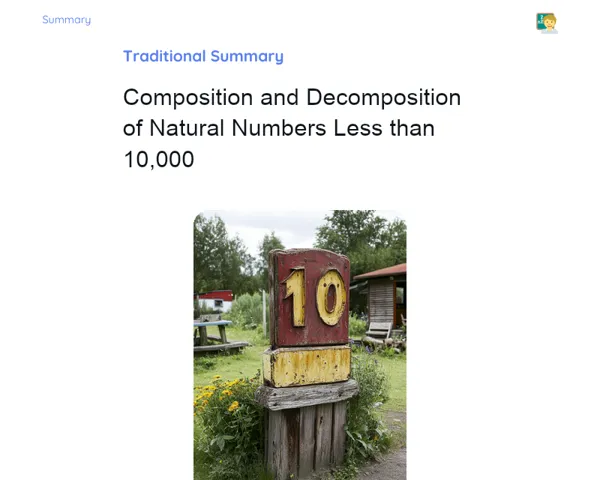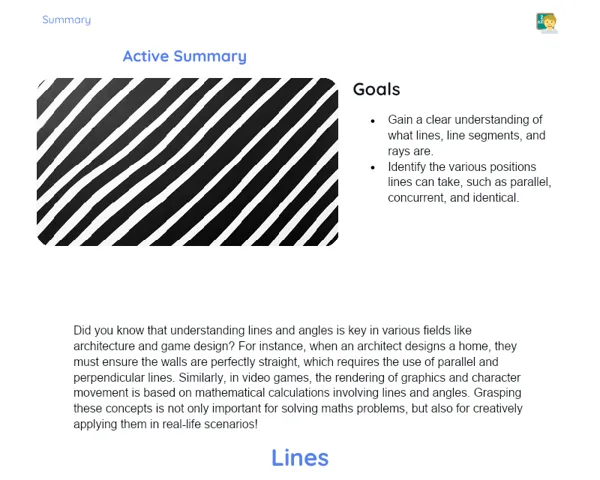Goals
1. Analyse data presented in pie charts.
2. Understand when it's best to use pie charts.
3. Extract information from pie charts, such as the percentage of a specific response.
Contextualization
Pie charts are a great way to visually represent proportional data. They're commonly used in various fields like market research to show consumer preferences or within companies to display budget allocations across different departments. For instance, a tech firm might use pie charts to highlight the market share of its products, while financial analysts may show the composition of an investment portfolio with them. These charts help to simplify complex data and allow for easier and quicker understanding.
Subject Relevance
To Remember!
Definition and Purpose of Pie Charts
Pie charts are a visual way to display data where each 'slice' represents a portion of the whole. They're handy for showing how a total is broken down into parts, making it easy to compare proportions visually.
-
Efficient visualization: Makes it simple to understand how the data is spread out.
-
Quick comparison: Allows for intuitive comparisons between different data categories.
-
Wide applicability: Used across various fields, including marketing, finance, and education.
How to Read and Interpret Pie Charts
To read and interpret pie charts, you look at the size of the slices relative to the whole circle. This provides insight into the proportion of each category shown in the chart.
-
Identifying slices: Each slice corresponds to a specific data category.
-
Calculating percentages: The size of each slice can be expressed as a percentage of the total.
-
Visual comparison: Allows for straightforward comparison between categories without complex calculations.
Calculating Percentages from Pie Charts
To find the percentage of a category in a pie chart, divide the category's value by the total value and multiply by 100. This calculation aids in understanding how each category is represented within the dataset.
-
Basic formula: (Category value / Total value) x 100.
-
Practical utility: Crucial for accurately interpreting the data represented.
-
Application: Used in situations like market analysis and financial reporting.
Practical Applications
-
Marketing firms use pie charts to understand the market share of various products.
-
Financial analysts use them to show the breakdown of an investment portfolio.
-
Schools can depict the distribution of students' grades in different subjects using pie charts.
Key Terms
-
Pie Chart: A graphical representation where each 'slice' of the circle corresponds to a proportion of the total.
-
Percentage: A way to express the proportion of a category relative to the total, multiplied by 100.
-
Proportion: The relationship between part and whole, often shown as a fraction or percentage.
Questions for Reflections
-
How can knowing how to interpret pie charts help in making decisions at work?
-
Where else in everyday life might you apply your pie chart skills?
-
Why is it important to represent data visually, and how does this affect the way we communicate complex information?
Analyzing Food Preferences in Class
Let's put our knowledge of pie charts to the test by making our own chart with data collected from classmates.
Instructions
-
Form groups of 4 to 5 students.
-
Pick a topic for your research, like 'favourite foods' (pizza, burger, sushi, salad, etc.).
-
Gather responses from at least 10 classmates, asking each one about their favourite food.
-
Calculate the percentage of each food category based on total responses.
-
Draw a pie chart using paper, a compass, and a ruler, illustrating the distribution of your classmates' preferences.
-
Present the pie chart to the class, elaborating on the data collected and the conclusions you've drawn.



